Vietnamese - Korean excavation
The national treasure Go Cay Tram jar tomb was discovered during the 2018-2019 excavation by Vietnamese and Korean researchers. On the Vietnamese side, there were experts from the Oc Eo Cultural Relic Management Board and the University of Social Sciences and Humanities (Vietnam National University, Ho Chi Minh City). On the Korean side, there were experts from the Daehan Institute of Cultural Heritage and Seoul National University.
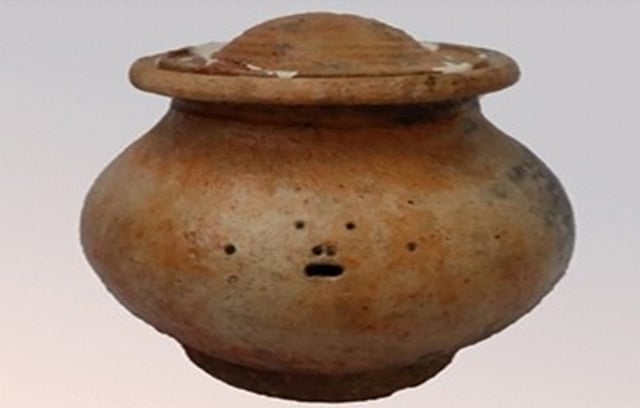
Treasure of Go Cay Tram jar tomb
PHOTO: PROVIDED BY DEPARTMENT OF CULTURAL HERITAGE
"The outstanding value of the Go Cay Tram jar tomb is that the original artifact was discovered in an archaeological excavation with clear stratigraphy, the relic structure was closely processed with the amount of information collected having high scientific authenticity," according to the national treasure dossier.
The Go Cay Tram grave was found at a depth of about 0.5 m. The coffin jar was placed on its back in the middle of the grave, with a disc-shaped lid with a hook on the mouth and covering the mouth. Research by expert Lee Yong-cheol (Korea) published in 2023 said that inside the grave jar was fine, dark gray porous soil with human remains including part of the jawbone with teeth of an individual who was a child about 7-8 years old. Also in this grave jar were burial objects including a small piece of gold, 16 multi-colored glass beads (multisalah), of which 15 were lemon yellow and 1 was brown.
The coffin jar is a ceramic jar with a spherical body, slightly tapered shoulders, a narrow neck, a wide bulging body and a shallow round bottom creating a slightly flat body, a low base with a flared shape proportional to the mouth. The jar is made of smooth orange-yellow ceramic. However, the ceramic coat has worn away a lot, only the base of the coat is a light pinkish brown mixed with dark gray spots.
According to Associate Professor, Dr. Bui Chi Hoang, member of the National Heritage Council, the special thing about this is that the intact jar tomb was discovered in the stratigraphy of the archaeological excavation pit. It can be said that this is the only intact jar tomb relic to date in studies of the Oc Eo culture in the South. In addition, the tomb is also unique because the relic dates from the 4th - 5th century if determined through stratigraphy and burial objects, but the pottery used to make the coffin belongs to the 1st - 3rd century period.
Telling stories about customs
At the end of the excavation, expert Lee Yong-cheol highly appreciated the fact that the ceramic jar relic had holes showing facial features and holes at the bottom of the jar. This is a phenomenon that has not been recorded on any ceramic relic of the same type in the Oc Eo culture. The Korean research team commented: "This jar tomb was specifically produced for the purpose of making a coffin with a human face, discovered for the first time in Southeast Asia. This is a valuable academic result of this excavation."
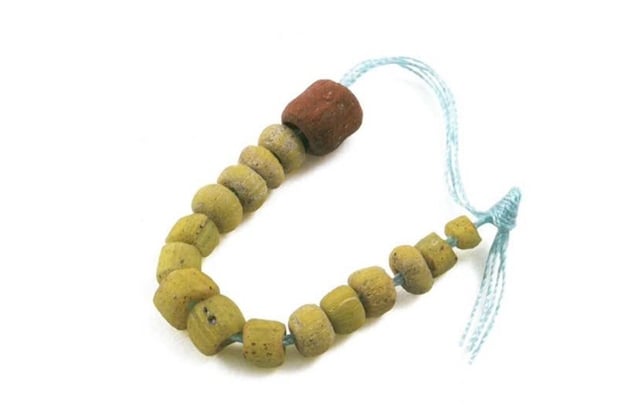
Glass beaded burial objects
PHOTO: PROVIDED BY DEPARTMENT OF CULTURAL HERITAGE
Associate Professor, Dr. Bui Chi Hoang believes that another valuable thing about this national treasure is that it shows a burial tradition. In other words, the intangible cultural value of the artifact is enormous. According to Associate Professor, Dr. Hoang, the Go Cay Tram tomb shows a close relationship with the burial tradition of jar coffins. The burial objects in this tomb also show similarities with jar tomb clusters in the Southeast region, the transitional region between the East and the Southwest. Therefore, this is a document proving the cultural and commercial exchange between this region and the Southeast, especially the relationship connecting the coastal area from the South Central region to the Can Gio area.
Funerary objects in the Go Cay Tram jar tomb, including glass beads and gold artifacts, are evidence of highly developed trade and cultural exchange during this period, which is considered the peak development period of Oc Eo culture.
Scientists also highly appreciate the ceramic jar specimen and the lid of the burial jar. These are typical objects of the Oc Eo culture, the product of the exchange, reception - learning and cultural adaptation of ancient residents in the Mekong Delta with exogenous cultural elements (from India). "These are complete originals for typical ceramics of the early Oc Eo culture with the characteristics of standardized designs and aesthetic concepts of the early Oc Eo period", the treasure dossier clearly states. From there, this artifact can help identify the aesthetic thinking and ceramic making techniques of the Oc Eo culture period. (continued)
Source: https://thanhnien.vn/doc-la-bao-vat-quoc-gia-mo-vo-co-khac-hinh-mat-nguoi-185250424220630691.htm



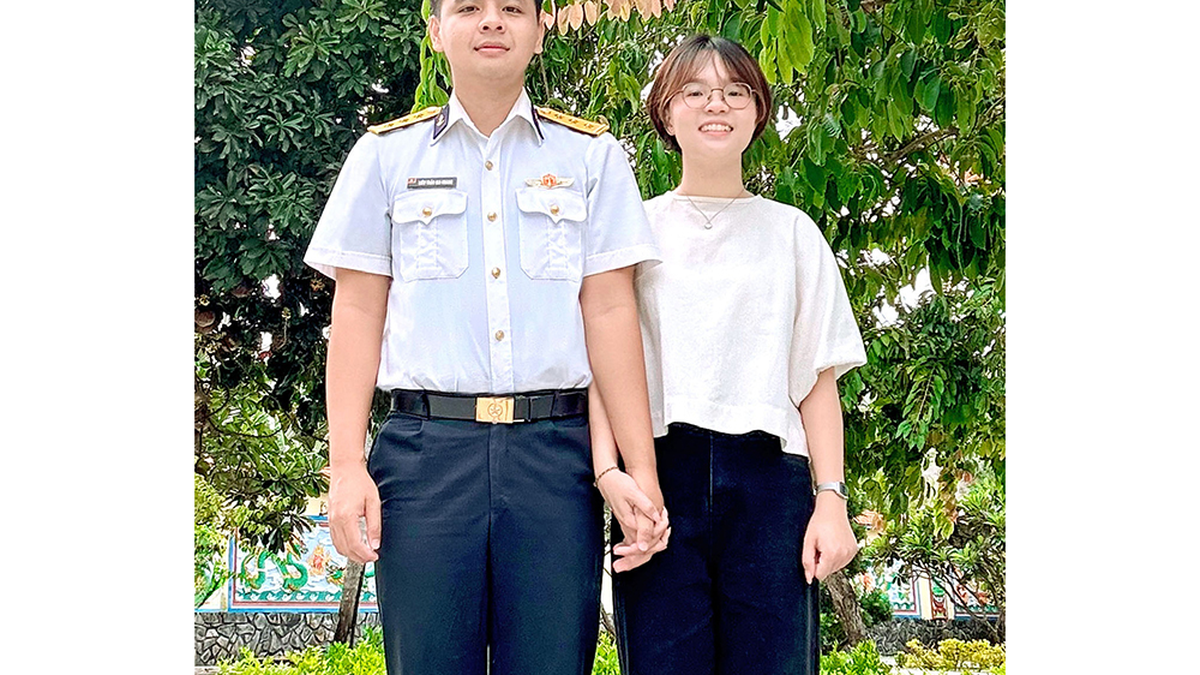
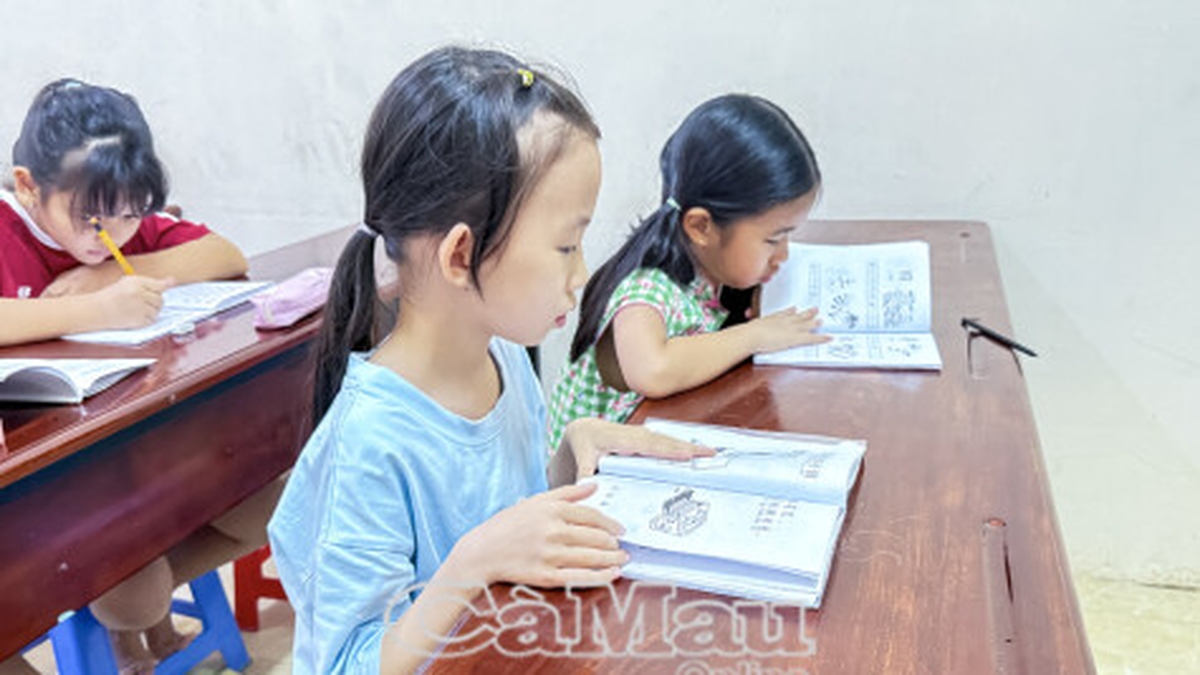



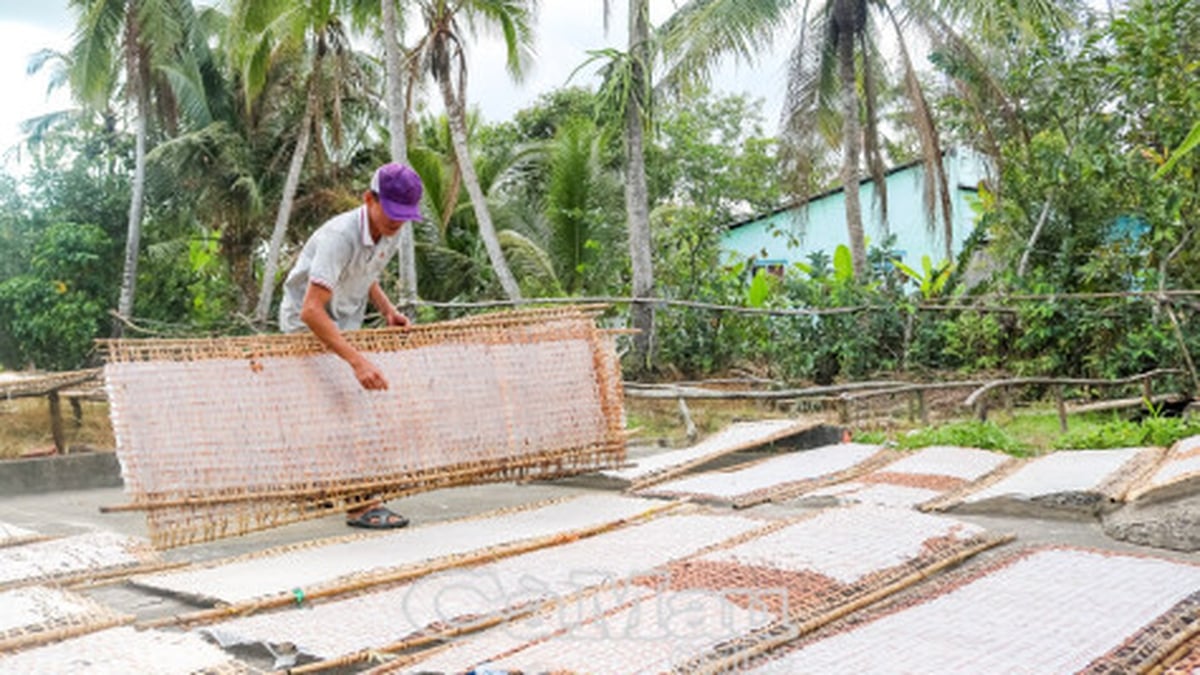
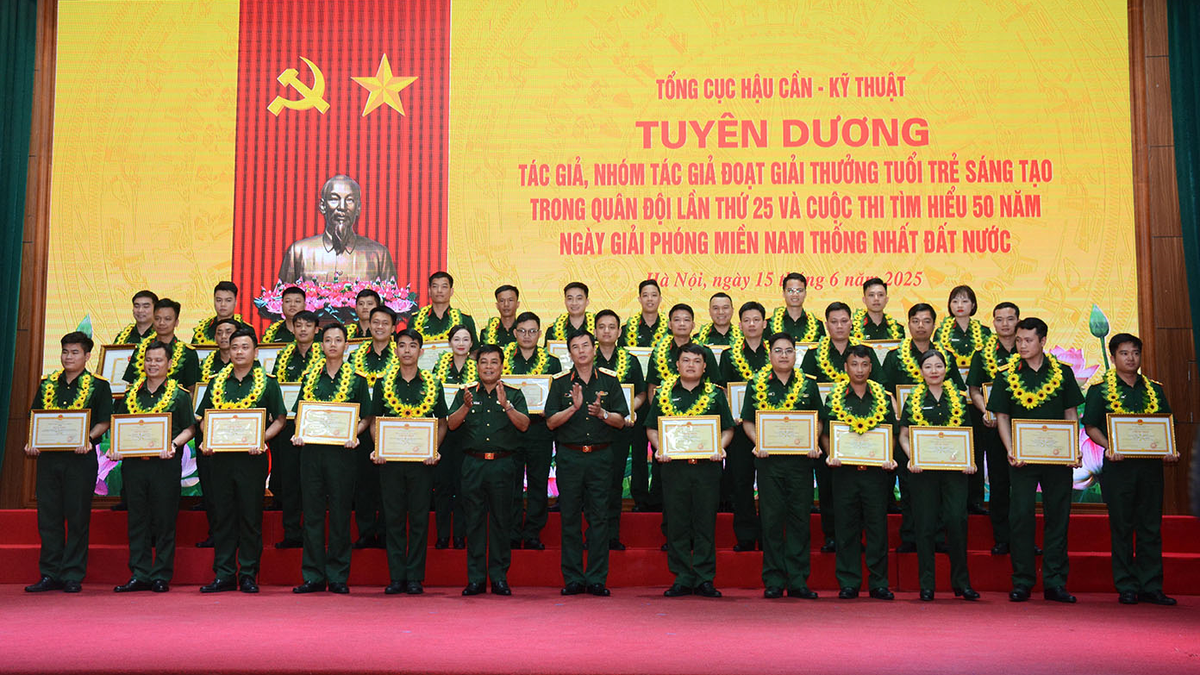
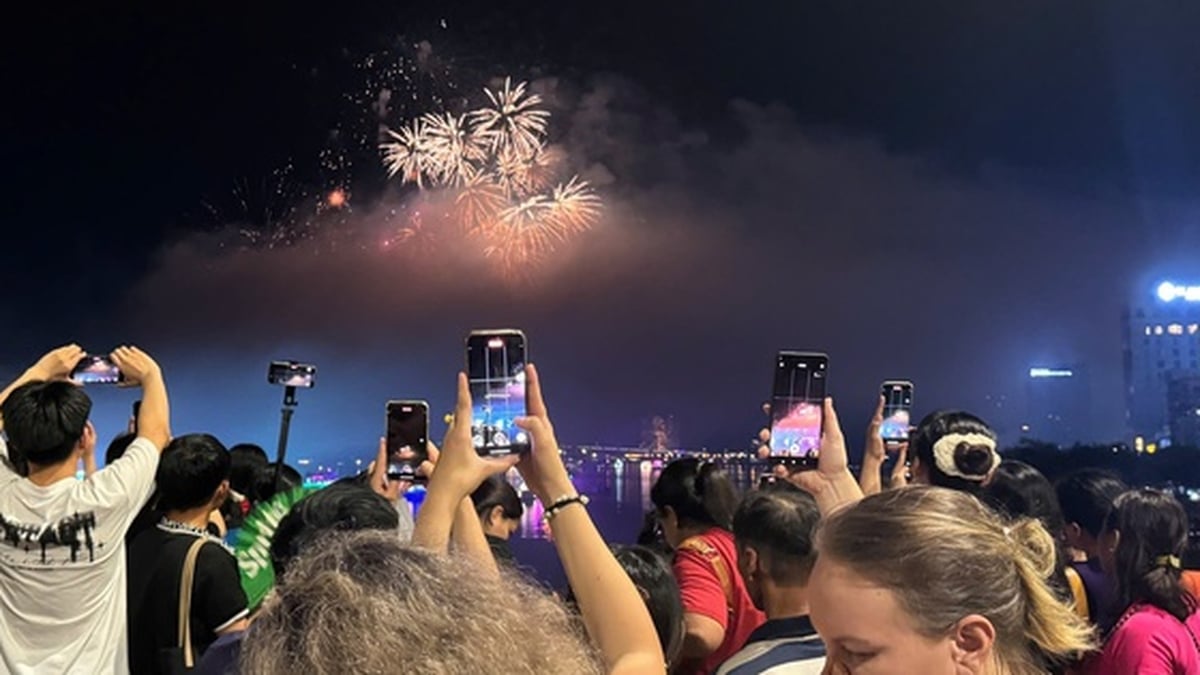































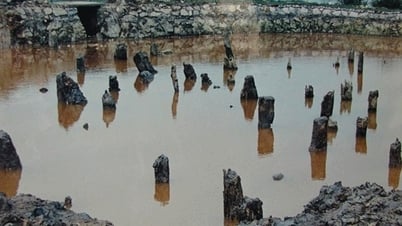

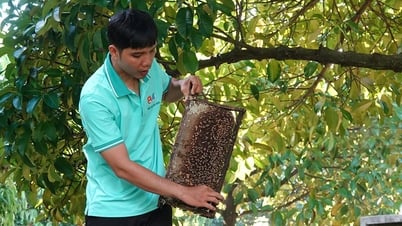


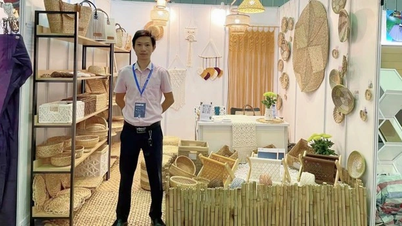
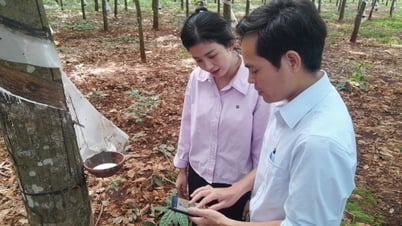

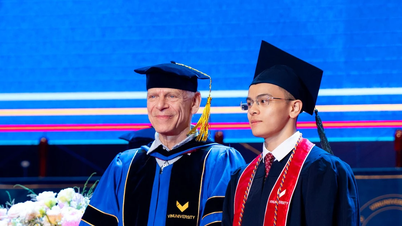

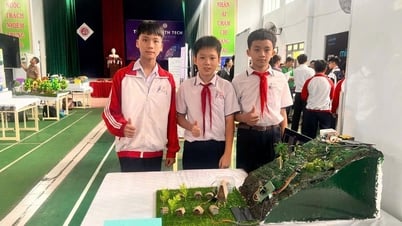








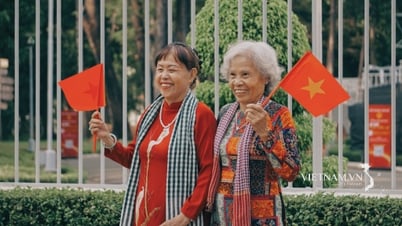













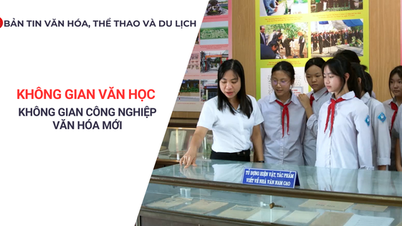
























Comment (0)